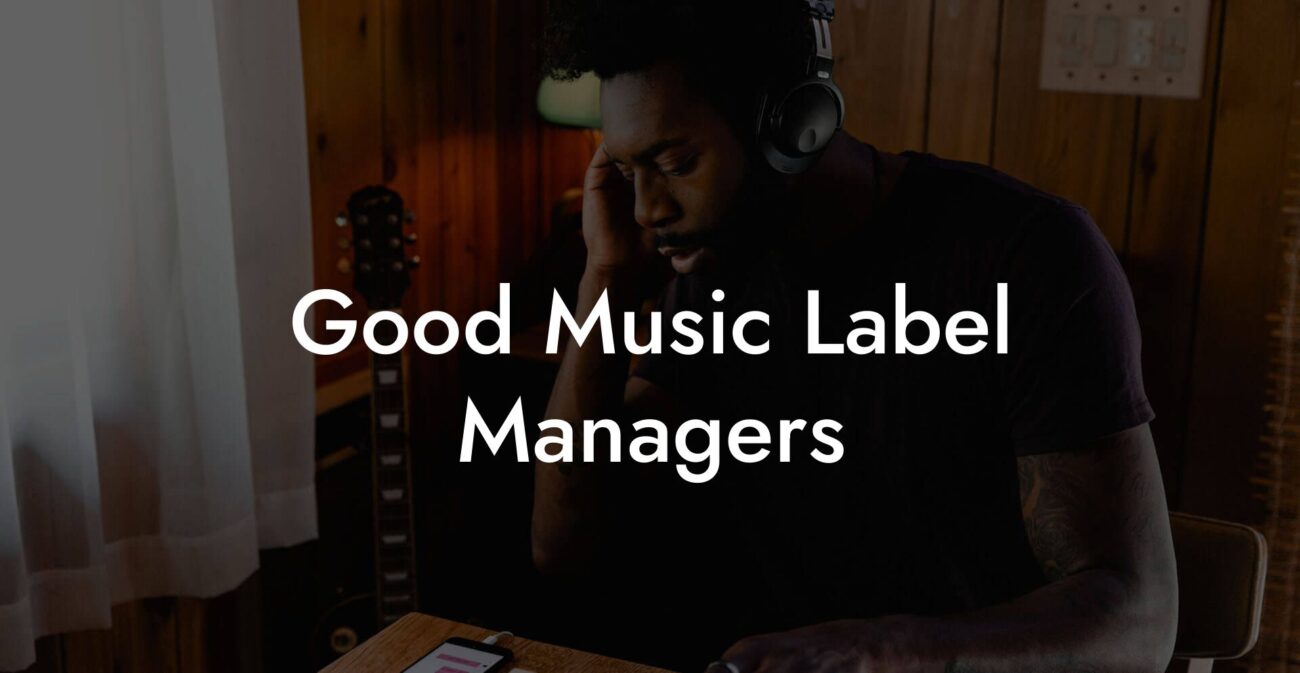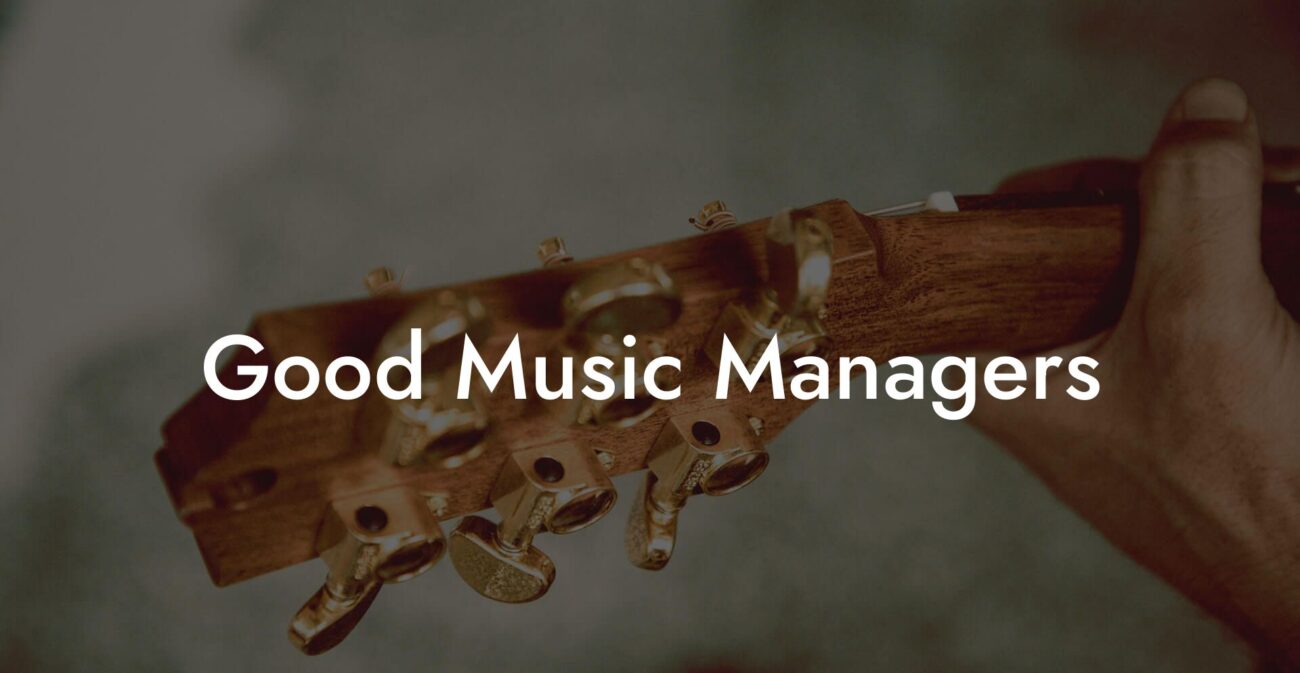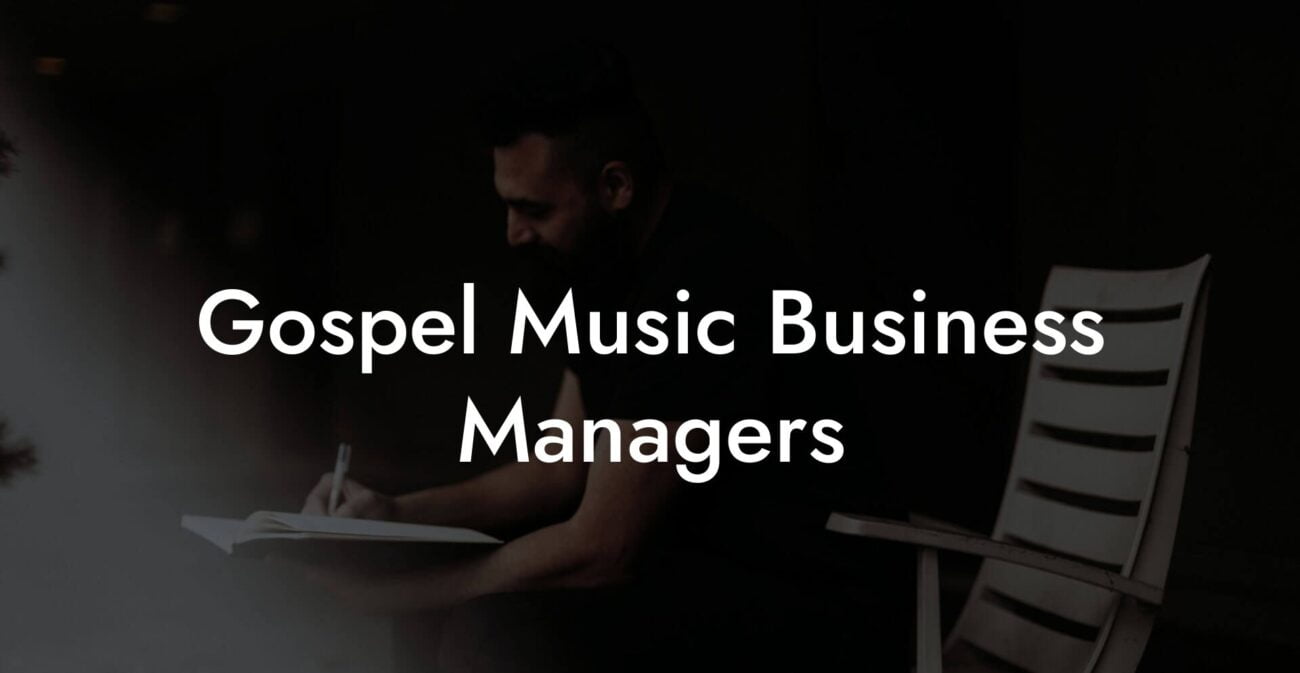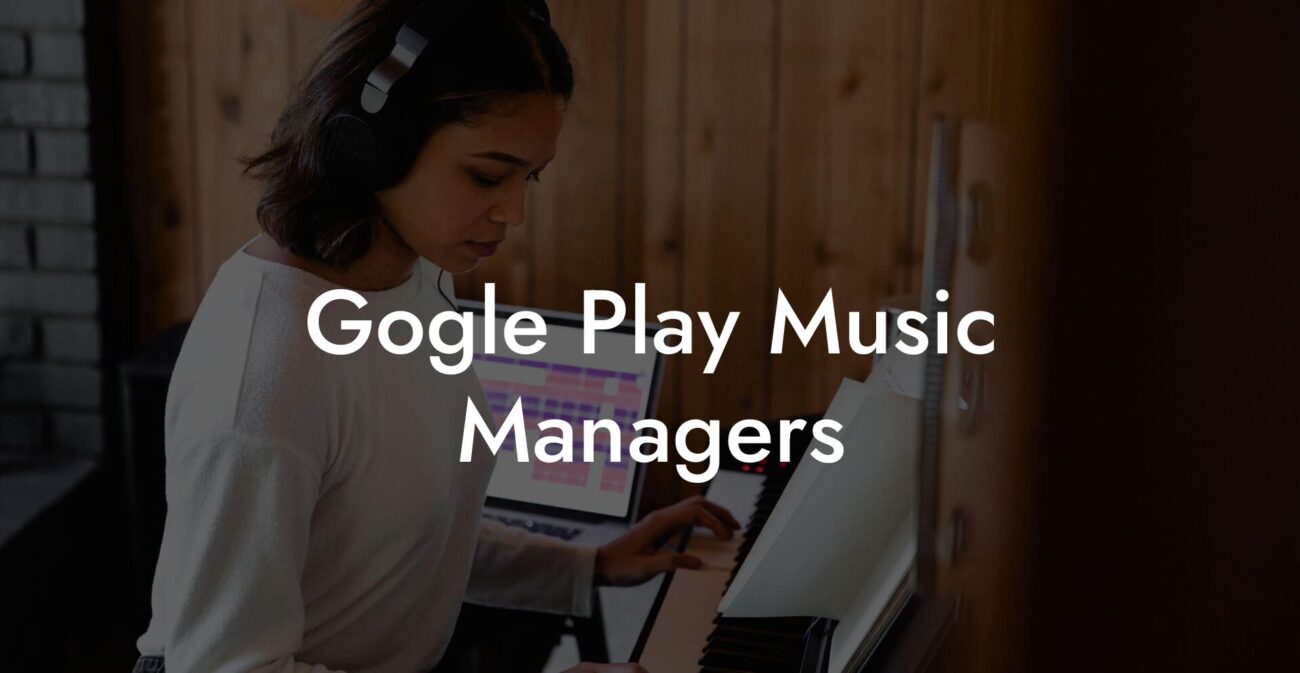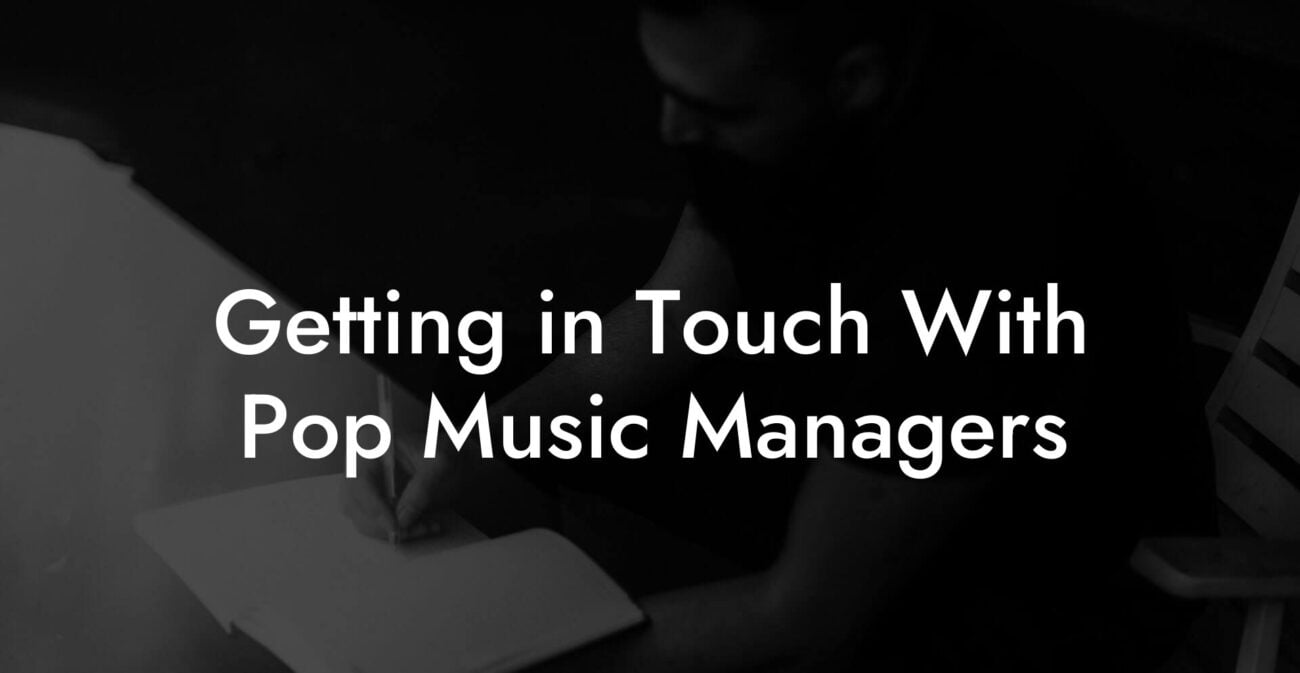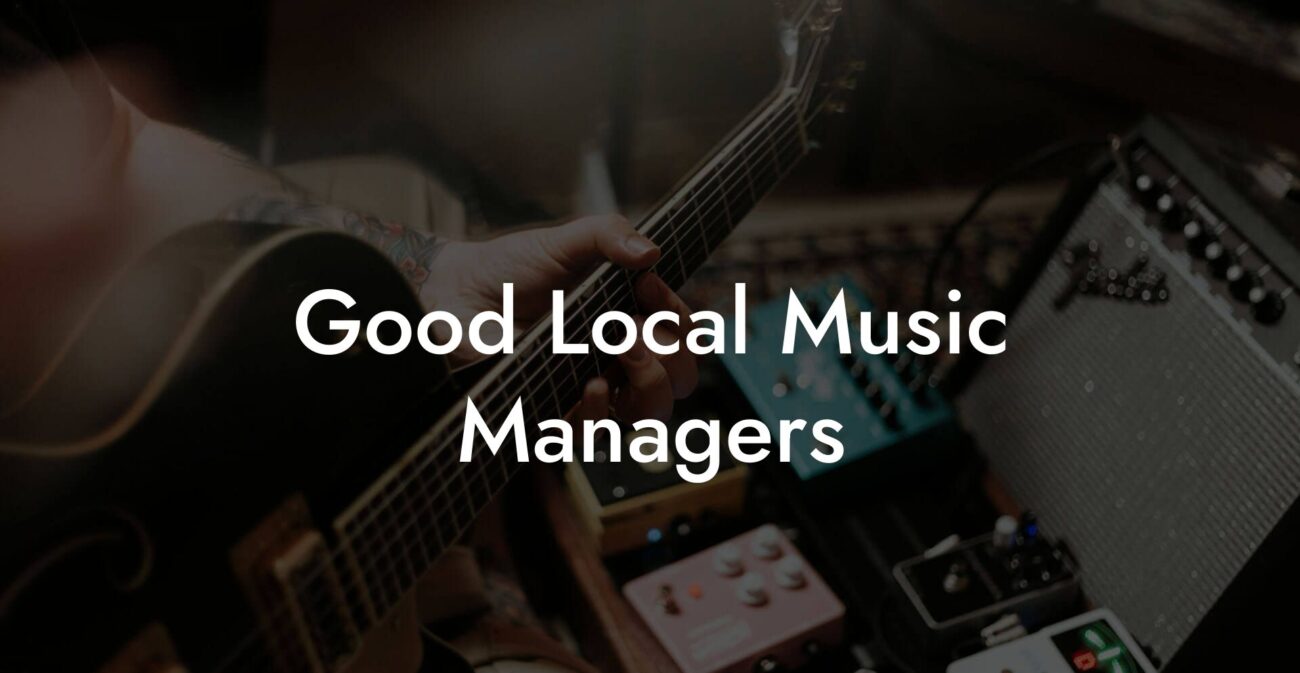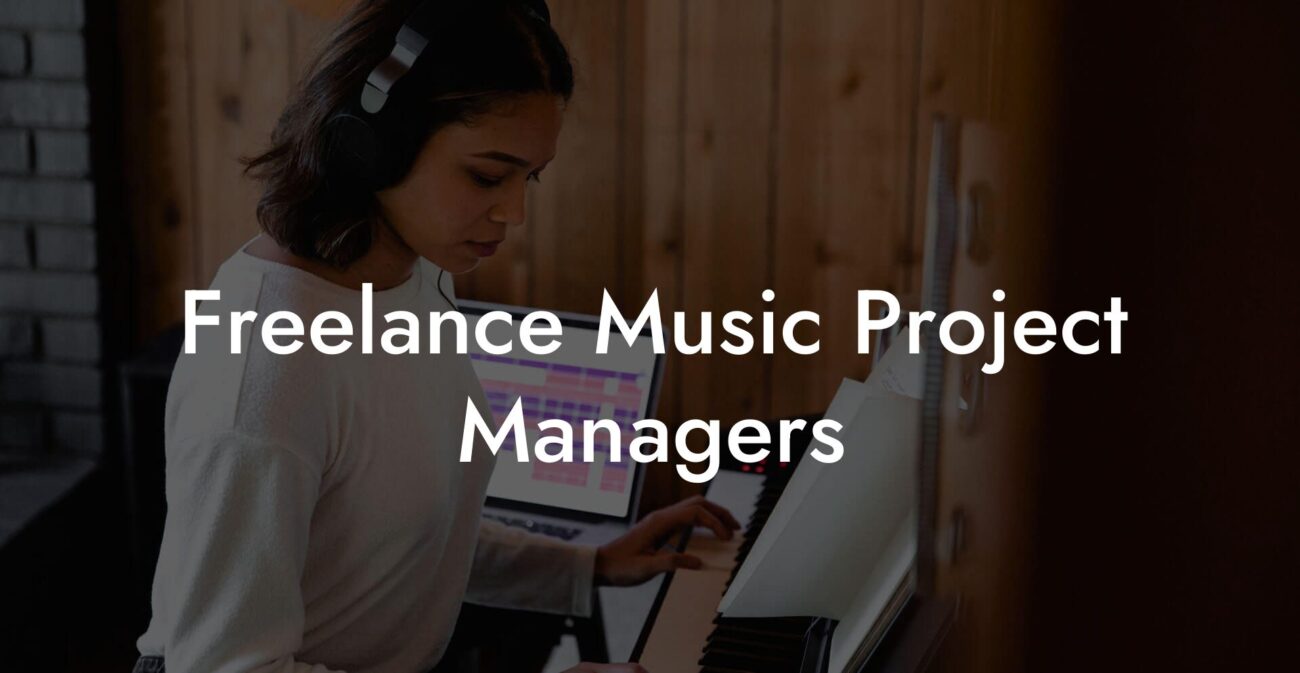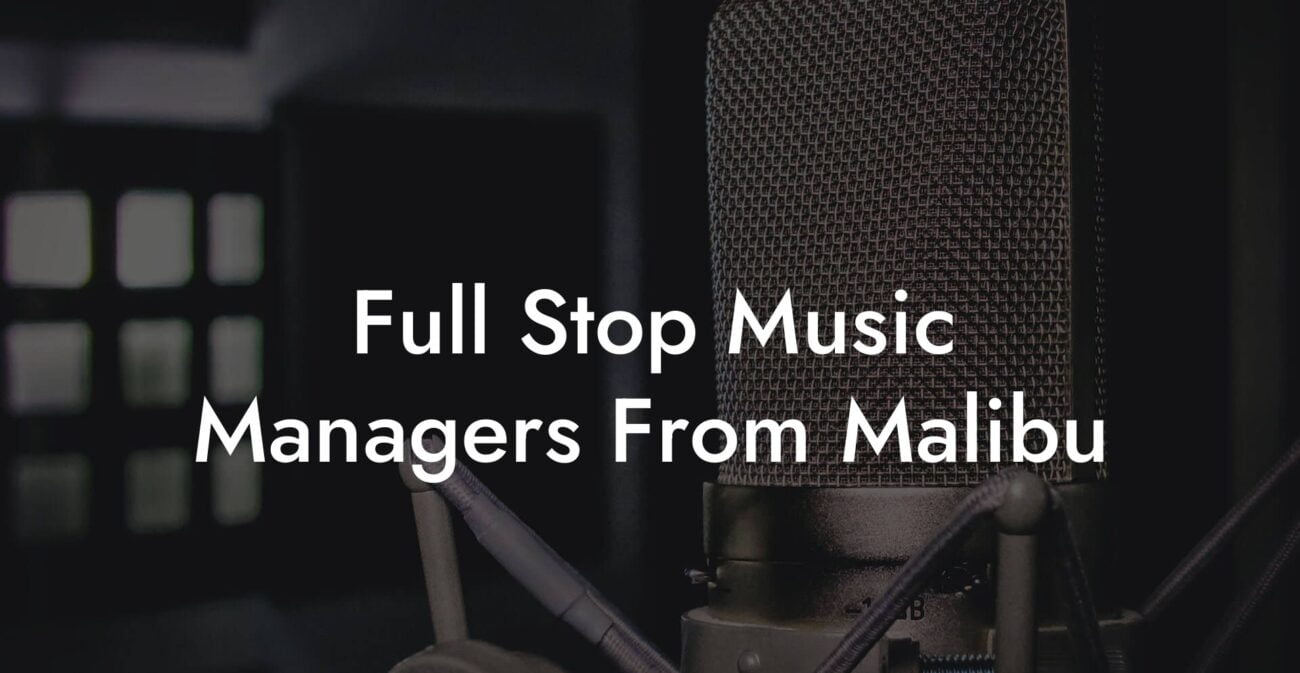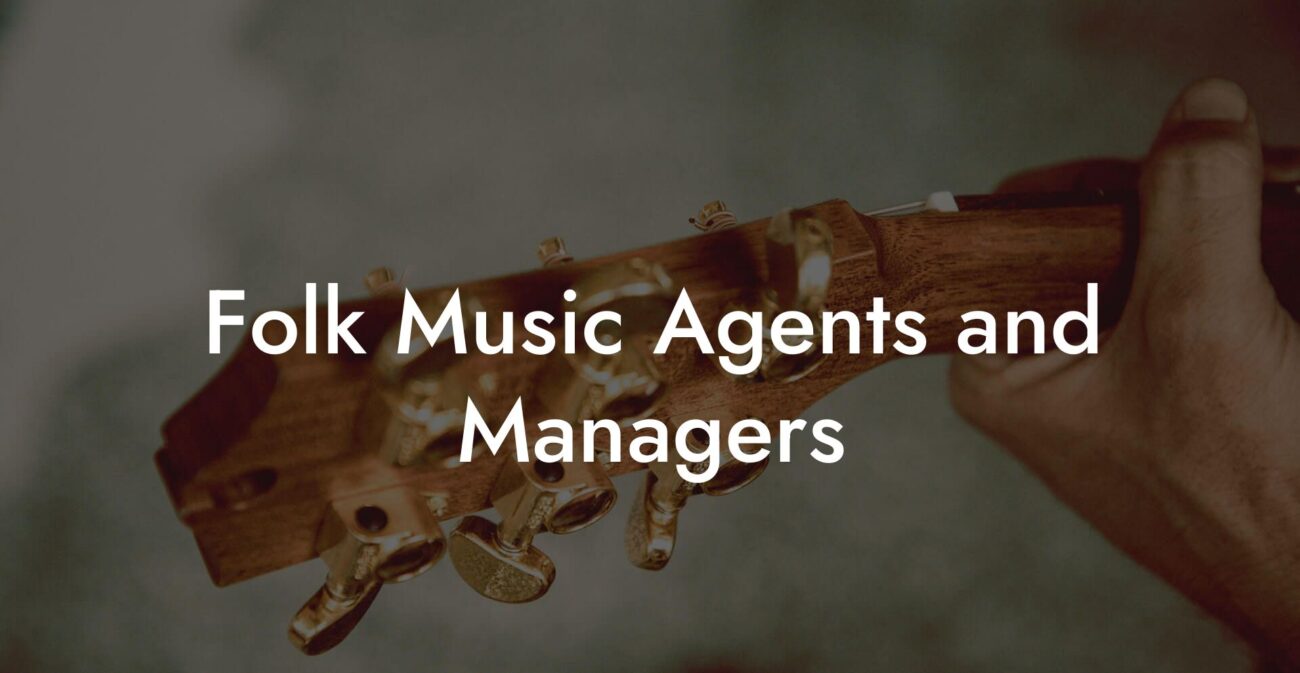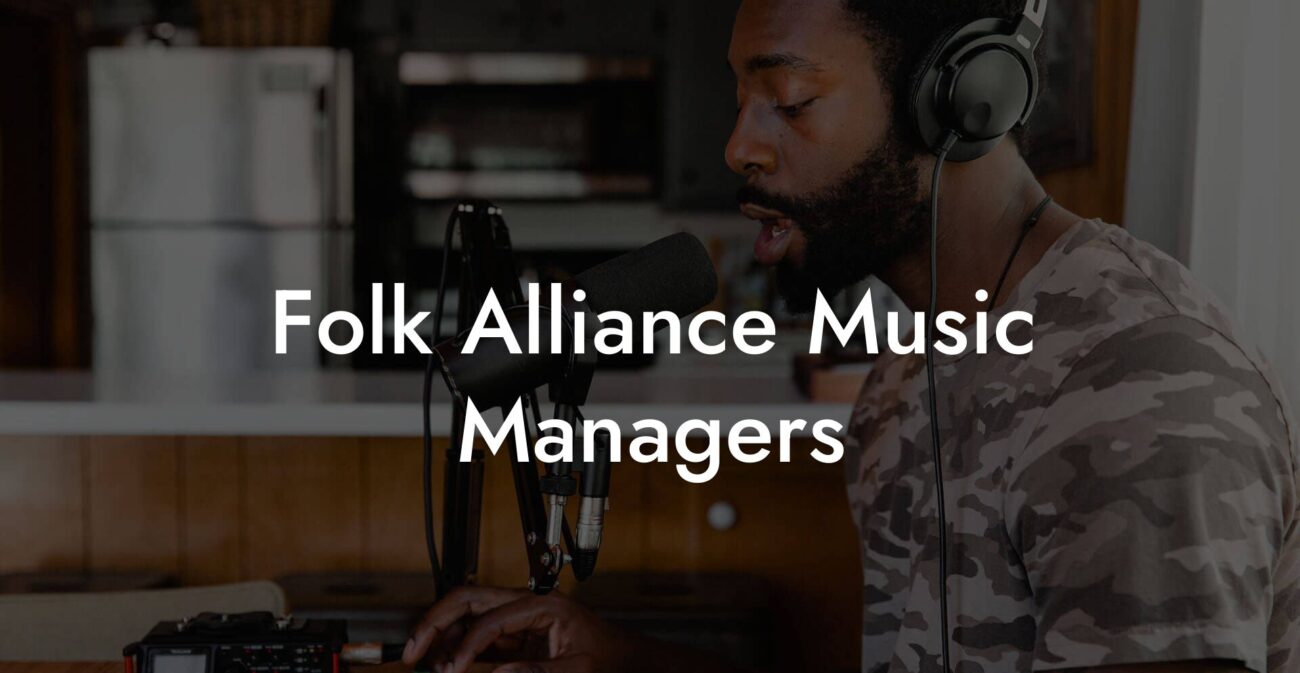Songwriting Advice
Rules For Songwriting
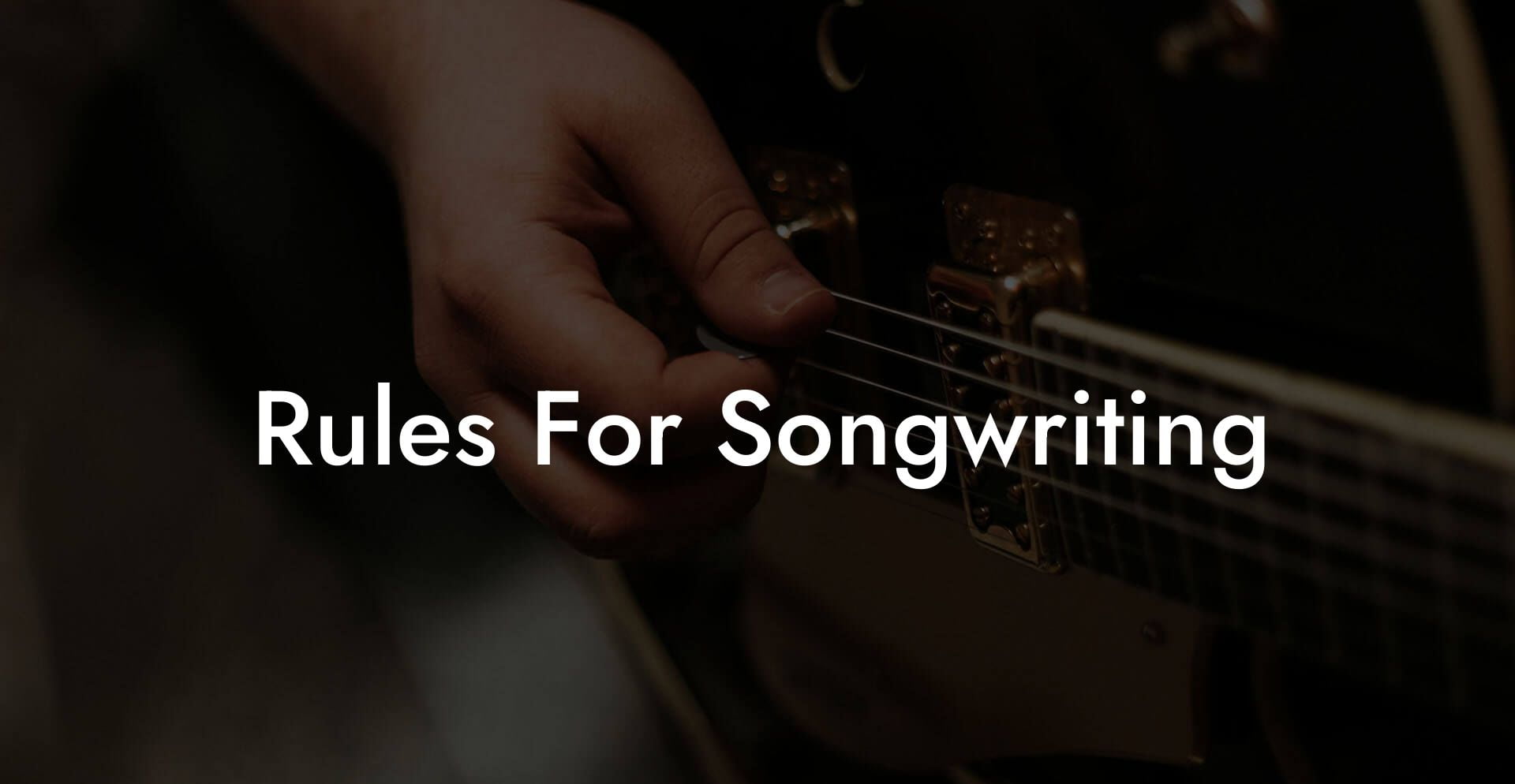
Yes you can break them later. First you learn the rules so you know why breaking them sounds cool and not like an embarrassing karaoke disaster. This guide is a bite size law code for writers who want better songs faster. It is written for people who write in the car, in bed, in the shower, and sometimes at 3 a.m. because the neighborhood raccoon made a melody and it would not leave.
Quick Interruption: Ever wondered how huge artists end up fighting for their own songs? The answer is in the fine print. Learn the lines that protect you. Own your masters. Keep royalties. Keep playing shows without moving back in with Mom. Find out more →
Quick Interruption: Ever wondered how huge artists end up fighting for their own songs? The answer is in the fine print. Learn the lines that protect you. Own your masters. Keep royalties. Keep playing shows without moving back in with Mom. Find out more →
Quick Links to Useful Sections
- Why Rules Matter
- Rule 1: One Core Promise Per Song
- How to find your promise
- Real world example
- Rule 2: Start With A Title Or A Gesture
- Title drills
- Gesture drills
- Rule 3: Show Do Not Tell
- Simple swap exercise
- Rule 4: Prosody Wins Arguments
- Quick prosody test
- Rule 5: Hook First Not Last
- Hook placement options
- Rule 6: Keep The Chorus Short And Repeatable
- Chorus recipe
- Rule 7: Use Contrast To Keep Repetition Funny
- Contrast levers
- Rule 8: Harmony Serves The Melody Not The Other Way Around
- Quick theory cheat
- Rule 9: Rhyme Like A Human
- Real life rhyme scenario
- Rule 10: Edit Ruthlessly
- The crime scene edit steps
- Rule 11: Finish Things Fast And Learn From It
- Speed exercises
- Rule 12: Collaboration Is A Skill
- Practical co writing rules
- Rule 13: Learn Enough Business To Protect Yourself
- Key terms explained
- Rule 14: Metadata Is Not Sexy But It Pays
- Rule 15: Protect Your Voice And Your Tools
- DAW tips
- Rule 16: Tools You Should Know
- Rule 17: The Demo Is A Sales Tool
- Rule 18: Use Real Life To Make Songs Honest
- Rule 19: Practice Intentional Listening
- Listening task
- Rule 20: Be Kind To Your Past Self
- Action Plan: What To Do Today
- Songwriting Exercises You Can Steal
- The Object That Tells The Truth
- The Two Minute Topline
- The Conversation Chorus
- Common Mistakes And How To Fix Them
- Frequently Asked Questions
We will give you rules that actually move songs forward. We will explain terminology like DAW which stands for digital audio workstation and is the software where you record and arrange a song. We will explain BPM which stands for beats per minute and tells you how fast the song feels. We will tell you what a PRO is which stands for performing rights organization and collects performance royalties like when your song plays on the radio or at a coffee shop. If a term is a mystery you will get a plain English definition and a small real world example so things feel useful and not like school.
Why Rules Matter
Rules are not creativity killers. Rules are the scaffolding that keeps your brain from melting into a puddle of purple lyrics. A rule stops your song from trying to say everything and instead helps it say the one thing that matters. If you want listeners to remember your song the next morning you give them a clear promise, a hook they can hum, and a path through the song that feels inevitable. Rules give you that path.
Real life scenario
- You are in the bathroom with a toothbrush mic and a chorus idea. The rule says get the hook down in one line and a melody gesture. You spend three minutes and have your chorus. You did not overthink. You avoided rewriting the entire verse while soldering the melody in your head. That kind of discipline saves careers.
Rule 1: One Core Promise Per Song
Every strong song makes one clear promise. A promise is the main emotional idea the listener will carry after the song ends. Without a promise the song becomes a mood board. Pick one promise and repeat it in different ways by changing detail, not by adding new promises.
How to find your promise
Write one sentence that says the song in plain language like a text to a friend. Example: I am done pretending I am fine. Make that sentence your anchor. If your chorus and verses do not link back to this sentence, rewrite until they do.
Real world example
You are on a bus and your chest feels like a jangly guitar. You text your friend the core promise. They reply with an emoji and a one line idea. You had a full chorus after the third stop. The promise guided the decisions and kept the song tight.
Rule 2: Start With A Title Or A Gesture
A title helps your brain make choices. A melody gesture is a short two or three note shape that your voice can repeat without thinking. Start with one of these and build. If you begin with chords you will waste time picking the perfect patch. If you start with a title or a gesture you get immediately actionable constraints.
Title drills
Write the title. Then write five alternate titles that say the same thing with fewer or stronger syllables. Pick the one that is easiest to sing and easiest to remember.
Gesture drills
Hum on one vowel for two minutes over a loop of two chords in your DAW. Record it. Pick the one small shape that felt obvious. Place your title on that shape and you just invented a hook.
Rule 3: Show Do Not Tell
Abstract emotion is lazy. Show concrete detail that implies emotion. This is the songwriting equivalent of telling someone you loved a movie by describing the part where the main character burns their passport and smiles. Give objects, actions, times, and small facts. Those are the hooks that stick.
Simple swap exercise
Take any line that has the words I feel or I am and replace it with a small image. Instead of I am lonely write The second coffee cup is still in the sink. Now the listener sees the scene and feels the loneliness without you naming it.
Rule 4: Prosody Wins Arguments
Prosody is how the natural stress of words matches the music. If stressed syllables fall on weak beats your ear will complain even if your lyrics are brilliant. Fix prosody by speaking the line at normal speed and matching the stressed syllables to strong beats. If a word feels heavy move it to a longer note or change the word. Prosody is taste plus math.
Quick prosody test
Record yourself speaking each line normally. Mark the strongest syllables. Play your melody and see where those syllables land. If they do not land on strong beats change words, change melody, or both.
Rule 5: Hook First Not Last
A hook is any musical or lyrical idea that grabs attention. Hooks can be a chorus, a short chant, an intro riff, or a vocal tag. Treat hooks like currency by placing them early and repeating them with small variations. If your hook arrives after ninety seconds most people will have scrolled past it on their feed.
Hook placement options
- Hit the hook in the intro as a small motif so listeners know what to expect.
- Place the chorus within the first 30 to 45 seconds. That is a modern attention window.
- Use a post chorus chant as an earworm. A one word or two word repeat can make the track sticky.
Rule 6: Keep The Chorus Short And Repeatable
Choruses that feel long are hard to remember. Aim for one to three lines that say the promise in plain language. Make the title part of the chorus and let it land on a long note or a strong beat. Then repeat it. Repetition creates memory. Craft the chorus so a friend could text it back in one line and that line still makes sense.
Chorus recipe
- State the promise in a short sentence.
- Repeat or paraphrase it immediately for emphasis.
- Add a twist or image in the final line for depth.
Rule 7: Use Contrast To Keep Repetition Funny
Music works when it repeats and when it changes. If everything is the same listeners glaze. Create contrast between verse and chorus with range melody rhythm or instrumentation. Make one part feel like walking and the other feel like flying. That contrast makes the chorus land like a punchline.
Contrast levers
- Range change: move the chorus higher than the verse.
- Rhythm change: make the verse more syllabic and the chorus more sustained.
- Texture change: strip instruments in the verse and open the chorus wide with pads or backing vocals.
Rule 8: Harmony Serves The Melody Not The Other Way Around
Many writers fall in love with a chord trick and then try to force a melody through it that does not fit. Simple is often better. Pick a few chords that support the emotional move and let the melody carry the identity. If you want a lift into the chorus borrow one chord from the parallel mode which is a fancy way of saying use a chord from the major key if you are in minor or vice versa. That single borrowed chord gives lift without complexity.
Quick theory cheat
Relative major and minor means the major key that shares the same notes as a minor key and vice versa. For example A minor and C major share notes. Knowing this helps you craft mood changes that sound natural.
Rule 9: Rhyme Like A Human
Perfect rhymes are comfortable but predictable. Mix perfect rhymes with family rhymes which are words that have similar vowel or consonant families without exact matches. Use internal rhyme to create rhythm inside lines. The goal is to support the melody not to show off an online rhyming dictionary trophy collection.
Real life rhyme scenario
You have a chorus that rhymes love with above and dove. It reads neat but it sounds everywhere. Swap one rhyme for a family rhyme like love and trust or love and enough to make the lyric feel less crossword puzzle and more conversation.
Rule 10: Edit Ruthlessly
Every line must earn its place. Use what we call the crime scene edit. Look for abstract words replace them with concrete images remove any line that repeats information and tighten verbs. If a line can be sung by someone on the street in normal speech without losing sense then it is probably okay. If it sounds staged or poetic for poetry sake cut it.
The crime scene edit steps
- Underline abstract words and replace with objects or actions.
- Add a time crumb or a place crumb to anchor it in scene.
- Replace passive verbs with active verbs.
- Delete any line that merely restates what you already said.
Rule 11: Finish Things Fast And Learn From It
Finishing is practice. Draft quickly, demo quickly, and move on. Use three simple stops on your finish train. Stop one is when lyrics and melody are locked. Stop two is the rough demo with simple production. Stop three is the feedback pass and the final tweaks. Do not drown songs in endless polishing that just scratches a different itch each week.
Speed exercises
- Twenty minute chorus. Set a timer and do not touch your phone.
- Object drill. Pick an object in the room and write four lines where it does a different action each line.
- Dialogue drill. Write two lines like you are answering a text. Keep it real and short.
Rule 12: Collaboration Is A Skill
Co writing is not just talent matching. It is a craft. Learn to give notes that are specific and small. If you say I do not like it you do not help anyone. If you say The chorus needs a stronger verb and a more singable title you give a partner a direction. Also learn splitting rules like who owns the topline which refers to the melody and the lyrics that sit on top of the track.
Practical co writing rules
- Agree on a split before you record anything. A split is how you divide songwriting credit and eventual royalties. Typical splits are negotiated but having clarity up front avoids fights later.
- Record a voice memo of any ideas you bring. This protects authorship and saves the day if memory fuzzes at 2 a.m.
- Trade small tasks. One person locks the beat and arrangement another focuses on lyrics and topline. That reduces creative overlap and speeds completion.
Rule 13: Learn Enough Business To Protect Yourself
Songs become money long after they stop being playlists. Learn the terms that matter. Here are the ones you will see all the time and what they mean.
Key terms explained
- PRO stands for performing rights organization. These are companies like ASCAP BMI and SESAC in the United States that collect performance royalties when your song is played in public on radio streaming or live. Real life: if your song plays on a podcast a PRO collects the money and pays you.
- Mechanical royalty is money paid for reproduction of the song such as when a streaming service streams a track or when a record is manufactured. In the digital age streaming pays both performance and mechanical style royalties depending on territory. Real life: every time your song streams you earn small mechanical payments that add up over millions of listens.
- Sync license is permission to synchronize your song with picture. That is when a song appears in a TV show film ad or video game. Real life: a one second use in a show can lead to both a sync fee and a bump in streams if it hits.
- Split means how songwriting ownership is divided. If three people wrote a song you might split points into thirds. Keep it documented in writing early.
- Copyright is the legal ownership of the song. Register the copyright in your country. Real life: if a major artist rips your song registration helps you prove authorship quickly.
- Metadata is the song information embedded in files such as writer names ownership splits and contact details. Bad metadata is the reason many writers never see payment. Always fill it out.
Rule 14: Metadata Is Not Sexy But It Pays
When you upload tracks to a distributor or hand stems to a producer fill out writer lists splits and songwriter contact info. This avoids the nightmare where your co writer ghosted and no one knows how to pay them. Metadata includes ISRC codes which are unique identifiers for recordings. Learn to add ISRC codes and your songs will travel the internet with a name tag not like a lost dog.
Rule 15: Protect Your Voice And Your Tools
Your instrument is your voice and your voice requires tending. Hydrate gently. Avoid scream rehearsals two days before a session. Warm up properly. Learn basic mic technique so you do not record vocals five centimeters from the capsule and sound like you recorded inside a tin can. Also backup your DAW projects in the cloud. Losing a finished chorus because of a hard drive failure is a kind of grief people do not joke about twice.
DAW tips
Your digital audio workstation which we called a DAW earlier should have autosave turned on. Export a vocal comp a simple stereo mp3 and a session backup after major changes. That way if your laptop decides it needs a nap you still have something to send to a collaborator.
Rule 16: Tools You Should Know
You do not need to be a mixing engineer but some vocabulary helps.
- Topline is the vocal melody and lyrics. If you wrote the topline you wrote the melody and the words that sit over the track.
- Stem is an exported group of tracks such as all drums or all vocals. Stems make collaboration simpler.
- EQ stands for equalization. It is how you shape frequency. Think of it as recipe seasoning for sound.
- Compression controls dynamics. It helps vocals sit in a mix. Think of it as gentle squashing that keeps the signal steady.
- BPM stands for beats per minute and tells you the tempo. If you want a ballad pick 60 to 80 BPM. For a club track think 120 to 130 BPM or faster depending on style.
Rule 17: The Demo Is A Sales Tool
A demo does not need to be perfect. It needs to present the song clearly so others can hear the melody lyric and intention. Record a clean vocal with simple chords and a guide beat. Add one sonic signature like a guitar lick or a synth patch to make it feel like a finished idea. When you pitch to publishers or A R teams they are buying the song not the production. Make the song obvious.
Rule 18: Use Real Life To Make Songs Honest
Nothing beats lived detail. Use names places times and objects. Those small specifics make a listener feel like you are writing about someone real. If the story is not yours borrow truthfully. If you take a detail from a friend ask for permission or change it enough to respect privacy. Real life detail plus honesty equals trust with listeners.
Rule 19: Practice Intentional Listening
Listening is the other half of songwriting. When you listen pick apart what hooks you. Is it the lyric the two note vocal tag or the drum groove? Create a swipe file of moments you love and label what exactly works. Over time your brain builds a mental library of tools you can borrow ethically and mix into your voice.
Listening task
Pick a song you love and write down five elements in order of importance. Recreate those elements in a five minute demo. This trains your ear and your imitation skills which are the foundation of originality.
Rule 20: Be Kind To Your Past Self
You will write bad songs. That is how you learn. Save them. Revisit them. Some of your worst hooks will become your best when you get better at phrasing. Treat early drafts like raw ore not finished jewelry. Refine ruthlessly and celebrate small wins like finishing a chorus or getting a split agreed in writing.
Action Plan: What To Do Today
- Write one sentence that states your core promise. Keep it in your notes app.
- Choose either a title or a two note gesture and hum it for two minutes in your DAW or voice memo app.
- Draft a one line chorus that states the promise. Make it repeatable.
- Write a verse with two concrete images and a time or place. Use the crime scene edit to tighten it.
- Record a rough demo and send it to one person you trust. Ask them what line they remember after 24 hours.
- Register the song metadata and save it with an export and a session backup.
Songwriting Exercises You Can Steal
The Object That Tells The Truth
Pick an object in the room. Spend ten minutes writing four lines where the object does different actions and reveals emotion. Example object: a coat hook. Lines: The coat hook still holds your scarf. I pull it off like a memory. I hang it on the inside of the door. It keeps turning its face to the wall.
The Two Minute Topline
Two chords loop. Two minutes of vowel humming. Record. Pick one small gesture. Add a one line title. Repeat. You now have a chorus seed.
The Conversation Chorus
Write a chorus that reads like a short text message thread. Use quick language and an obvious reply. This is perfect for songs that live on social platforms where people share lines like memes.
Common Mistakes And How To Fix Them
- Trying to say everything Fix by choosing one promise and cutting other ideas.
- Hiding the title Fix by placing the title in the chorus on a strong beat or long note.
- Weak prosody Fix by speaking lines and matching stress to the music.
- Overproducing the demo Fix by simplifying the presentation so the song is clear.
- Bad metadata Fix by filling writer names splits and contact details every time you export a demo.
Frequently Asked Questions
Do I have to follow these rules exactly
No. These rules are tools not chains. Learn them then break them when you know what you are doing. The safest path to originality is a firm understanding of rules and the confidence to bend them for effect.
How long should I spend on a chorus
Set a timer for twenty minutes. Many choruses appear under this pressure. If it still feels wrong take a break and revisit with fresh ears. The chorus should be memorable not perfect on first try.
What if my melody feels boring
Try a small leap into the title then stepwise motion to land. Raise the chorus range by a third and widen the rhythm. If it still feels flat sing on vowels and find a different contour that is more singable.
How do I get better at prosody
Speak your lines at conversation speed record them and mark natural stresses. Then align those stresses with strong beats in your melody. Practice this on other people songs to train your instincts.
When should I register my song
Register your song as soon as you have a fixed lyric and melody that you are going to publish or pitch. In many countries register with the copyright office and register with your PRO to claim performance royalties.

